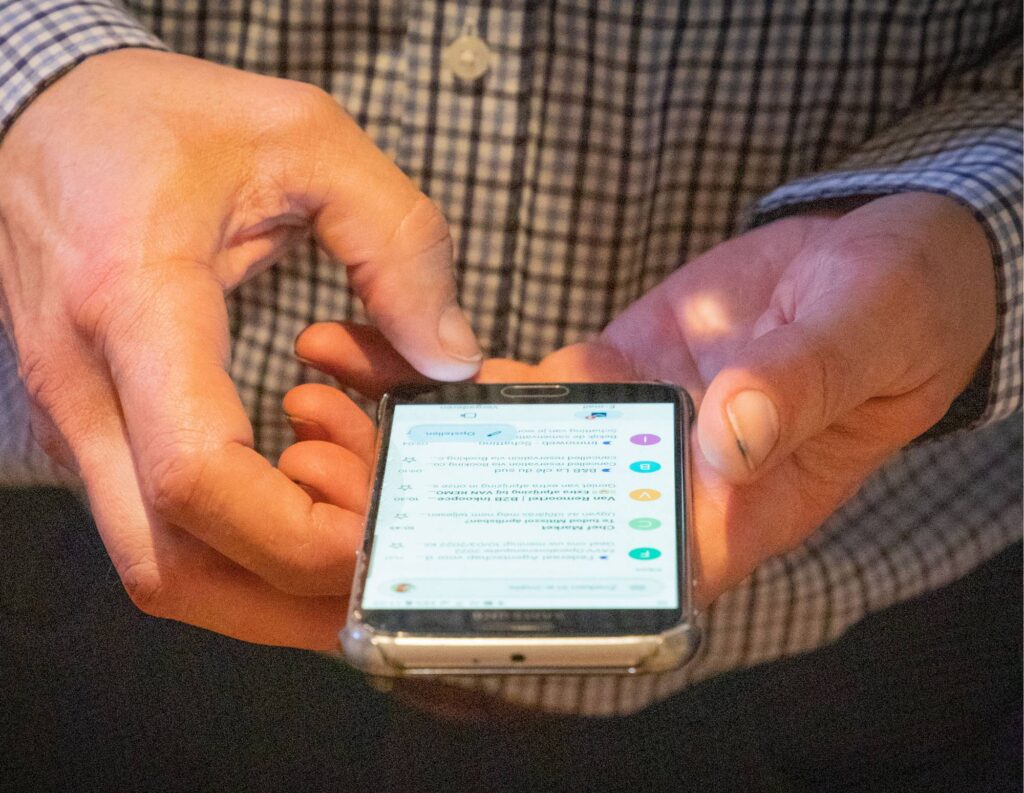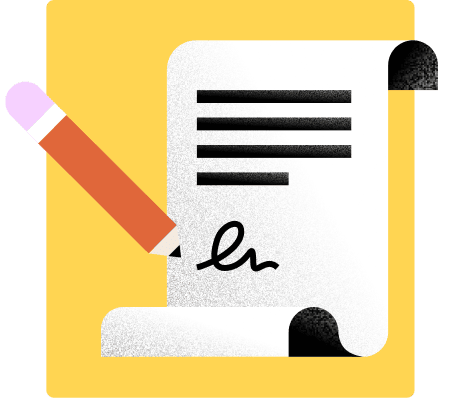

No matter the type of business you run, your clients want to feel supported. They want to feel that communicating with you is easy, and they want to know that you hear them.
Integrating the right approach to your email strategy can be a game-changer when it comes to effective client communication, whether that involves sending emails after a lack of response, cold emails, or thank-you emails. By harnessing the power of automated emails with HoneyBook, you can keep your clients informed throughout a variety of processes and situations, with the potential to close a major deal.
How do you write a follow-up email? And when should you do it? This guide walks through why these types of emails are so important and provides confirmation email templates you can start using right away.
Jump to:

So we’ve compiled an email template for every type of correspondence.

The purpose of a confirmation email is pretty straightforward—you are confirming an action that you or your client took. This could involve signing up for an event, scheduling a meeting, signing a contract, making a payment, and many other actions.
These emails help you stay in touch with clients. Most people want to know that something they’ve signed up for or a purchase they made was actually received. A confirmation gives them peace of mind. In fact, 64% of consumers think that purchase confirmation emails are the most valuable messages they receive.
Follow-up emails also help you keep your organization at the top of clients’ minds. They’ll appreciate receiving an immediate email, which shows them you are paying attention.
Now, though, how do you actually write a great confirmation email? You will want to reassure your clients while taking advantage of the opportunity to connect with them once again. Next, here are a few best practices to follow:
Your clients just want to know that their action was successfully completed—not your business’s entire history or details of a new product or service. Today, most emails are read on mobile devices, so content needs to be digestible. Don’t write too much when creating confirmation emails via HoneyBook.
Instead, keep the text clear and concise. Thank your clients for their purchase or sign-up. Hit on a point or two about the benefits they’ll get and provide a short CTA. Remember that today’s consumers don’t want to spend much time reading emails.
You should still include some kind of CTA in confirmation emails, even though calling clients to action may not be the point of the message. However, make sure you aren’t inserting a CTA that has no relevance to your client or the action they’ve already taken. Don’t overwhelm people with salesy language or too much information.
The subject line is the first thing a client sees when they get a new message. It’s important that it sums up what’s inside the email. The subject line is sort of like a headline—you want it to be strong, clear, simple, and relevant.
Whatever action your client takes, always show some gratitude. They are interacting with your brand in some way, even if it’s just a request for an initial meeting or for more information. This isn’t usually a cold email, where you are reaching out before any interaction has taken place. The client has taken an action that you’re confirming.
Always say thank you within the first few lines of the email, if not the subject line. You want your clients or prospects to feel like you care about their satisfaction. Showing appreciation sets up the relationship to be positive and enables you to start building trust.
You may be working from a template so you don’t have to come up with a brand-new email every time a client takes a certain step, but you can still personalize automated emails and templates with HoneyBook.